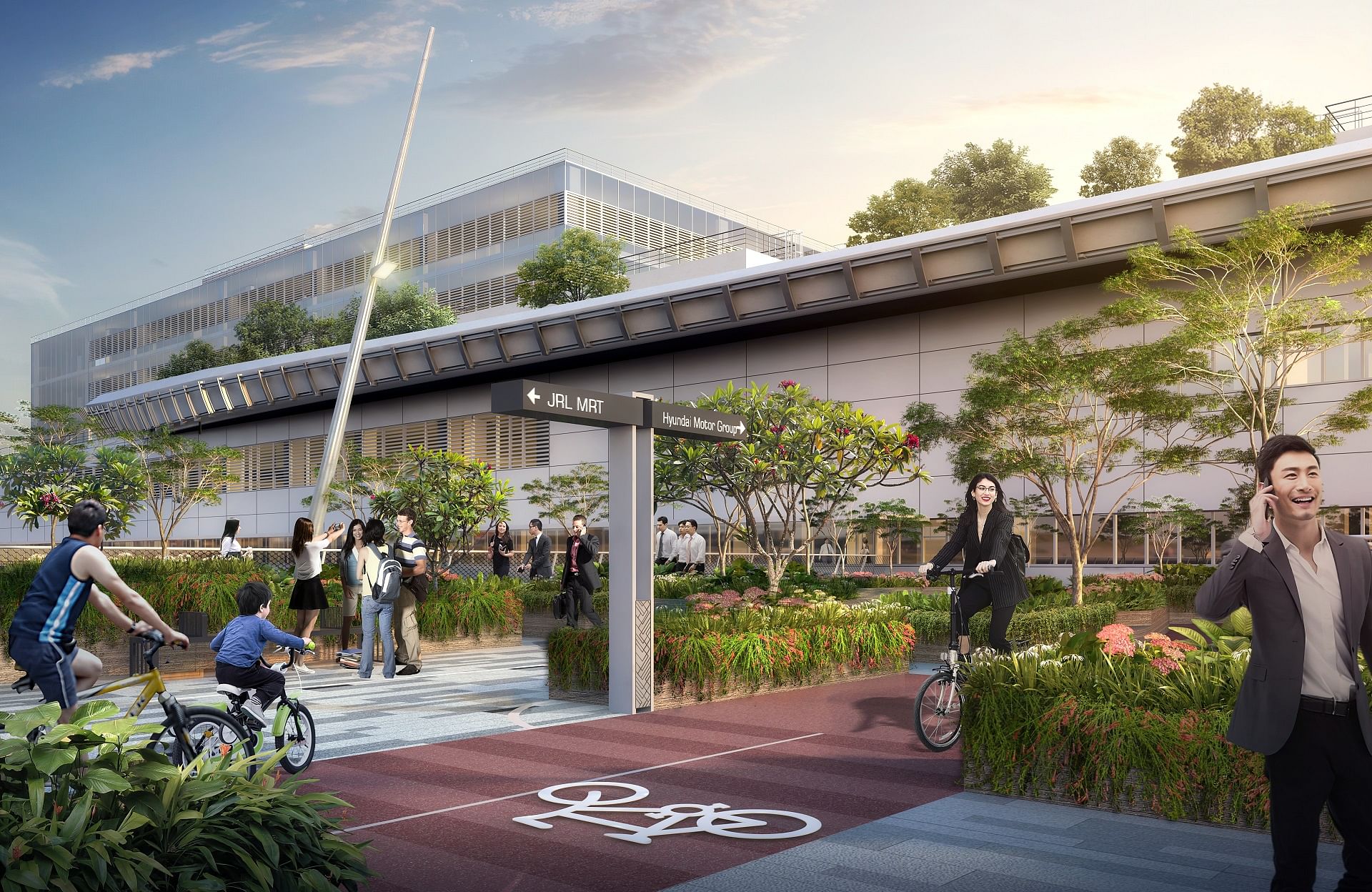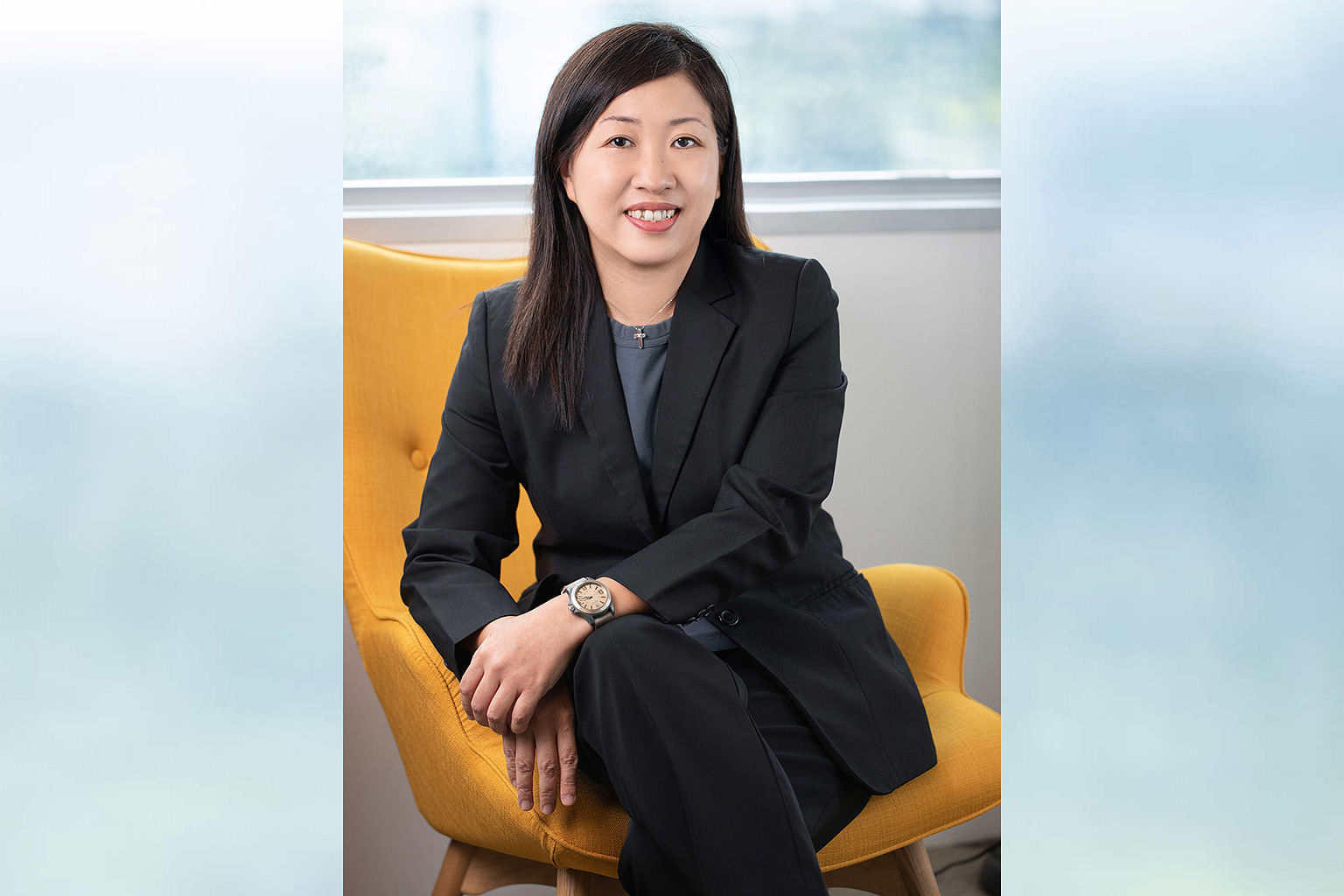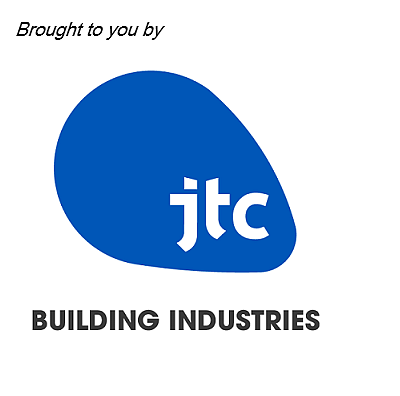Singapore is bringing innovation to the industrial park. Come 2024, Singaporeans will be working in a new industrial estate nestled in lush greenery, including picturesque parks and other green spaces.
Created by industrial development agency JTC, the upcoming Jurong Innovation District (JID) will be inviting and sustainable to stand out from other manufacturing estates, so that it can attract the best talent and companies, says its developer Finn Tay, who is director of JTC’s New Estates Division 1.
The future-ready district will also promote inclusivity and social vibrancy via diverse land use, job opportunities and programming, among other goals, she adds.
The 620ha JID – about 10 times the size of Bishan-Ang Mo Kio Park – breaks ground as Singapore’s first mixed-use district for advanced manufacturing, where companies can tap sensors, robotics and other Industry 4.0 solutions to improve their business.
Opening in phases from 2024, JID brings together a growing ecosystem of research institutions, capability developers, training and technology firms and manufacturers to bolster Singapore’s ambitions in advanced manufacturing.
The country’s manufacturing sector currently employs about 450,000 people and makes up about 21 per cent of its gross domestic product. Singapore aims to grow the sector by 50 per cent by 2030, and with advanced manufacturing instead of more traditional, labour-intensive manufacturing, it can free up workers for higher-value work, according to the Manufacturing 2030 plan released last year.
To support advanced manufacturers’ needs, JID will be home to an array of state-of-art unique features. Its flagship development Bulim Square will have high structural floor loading for heavy machinery and varying floor-to-floor heights for different functions, including 3D printing production lines, robotics and research and development.
Making a statement in sustainability
But the district also stands apart from other manufacturing estates with its commitment to sustainability and community.
When the district is completed, it will have at least 30 per cent green cover, including streetscapes, public parks, rooftop gardens and an 11km-long Sky Corridor that connects its five precincts with separate lanes for pedestrians, cyclists and self-driving vehicles.
The Sky Corridor will be a car-free zone that encourages people to walk, cycle and take public transport, since it is linked to MRT stations, bus stops and external cycling networks such as inter-town cycling routes, the Round Island Route and the National Parks Board’s Park Connector Network.

Unlike older manufacturing estates, JID will have a first-in-Singapore underground network for automated heavy transport vehicles too.
“By directing the heavier vehicles underground, we can have a safer and more sustainable environment for our community,” Ms Tay explains.
Ms Tang Hsiao Ling, director of JTC’s Urban Planning and Architecture Division, and JID’s planner, adds that the Sky Corridor and underground district logistics network make effective use of above-ground and subterranean space, enabling people and goods to move seamlessly while freeing surface land and space for other uses.

“These are just some of the ways that JID is a forward-looking and sustainable industrial district,” she says.
Beyond these innovations, JID will seek to integrate the district’s green spaces, and host a green network of linear parks and park nodes, including a rejuvenated Jurong Eco-Garden at the heart of the estate. These will protect and encourage biodiversity, besides improving the work environment.

The parks’ water sensitive urban design features, such as rain gardens and bio-swales to retain and filter rainwater, will further boost JID’s eco-friendliness. Ms Tang notes: “The district’s integrated green and blue system will connect its future developments to larger nature and biodiversity networks in its surroundings.”
All JTC buildings in the district will meet the Green Mark’s highest, Platinum standard, and its lessees will be required to attain the Green Mark Gold Plus standard, as in other JTC estates.
The agency will also deploy solar panels extensively by integrating them with green roofs along sheltered linkways, use its Open Digital Platform (ODP) to minimise energy use, and install an energy-efficient district cooling system in the Bulim precinct.
Creating collaborations and communities
With collaboration the key to sparking new and better ideas for advanced manufacturing, JTC will organise networking sessions and partnership programmes for industry and academia, including higher-learning institutes such as Nanyang Technological University (NTU), which is located within JID’s ecosystem, to cross-fertilise ideas and co-develop solutions.

JID, says Ms Tay, is after all a living laboratory focused on driving innovation through collaboration.
Unlike old manufacturing estates, which are sited away from residential areas, JID is built such that close bonds can be forged among JID’s tenants and its neighbouring communities.
For example, a new pedestrian overhead bridge across the Pan-Island Expressway will enable Jurong West residents to access JID’s amenities like the Jurong Eco-Garden, recreational facilities and programmes. This will ensure that the spaces are well-used, even after office hours and on weekends.
“Research shows that a lush work environment with social spaces supports a healthy workforce and improves mental well-being. We are developing a vibrant environment in JID to live, work, play and learn in, not just for its tenants but the communities that surround it,” explains Ms Tay.
She adds that the residential community is a talent pool for JID’s industries to tap into, in addition to the nearby NTU.
“To keep the residents informed of our estate and its opportunities, we will hold job fairs, surveys, seminars, exhibitions, competitions, celebrations and more,” she says.
“With the feedback from these sessions and our regular engagement with grassroots advisors and groups, we will be able to address any concerns from residents promptly too.”
An exemplar for future estates
The different approach towards the planning, building and management of JID could be replicated in Singapore’s future industrial estates.
JTC adopted what is known as Integrated Digital Delivery, which uses digital technologies to integrate work processes and connect stakeholders working on a project throughout its construction and lifecycle.
For example, the centralised system can track the status of buildings’ components, including their fabrication, delivery and installation, and flag any clashes in different subcontractors’ designs.
For Bulim Square, the agency also implemented a Common Data Environment (CDE), a digital platform that serves as a central repository for contract documents, project correspondences, building information models and other data. With the digitalisation of quality inspection forms and other paperwork, construction companies can monitor and generate insights into their work, enabling improvements.
Over the next three years, major companies will be starting their operations in the district, including the Surbana Jurong Campus in 2023, Hyundai Motor Group Innovation Centre in Singapore in 2024, and SATS food hub in 2025.
“JID will spearhead the growth of Industry 4.0 and lead industries’ transformation into more technology-centric and collaborative ones,” Ms Tang says.
Ms Tay adds: “For JID, we focused on a holistic design that encourages the harmonious integration of our industrial needs with nature. We aim to set a new standard for industrial estates – one that is friendlier to the environment, and closer to the community.”
Visit https://estates.jtc.gov.sg/jid to find out more information.


